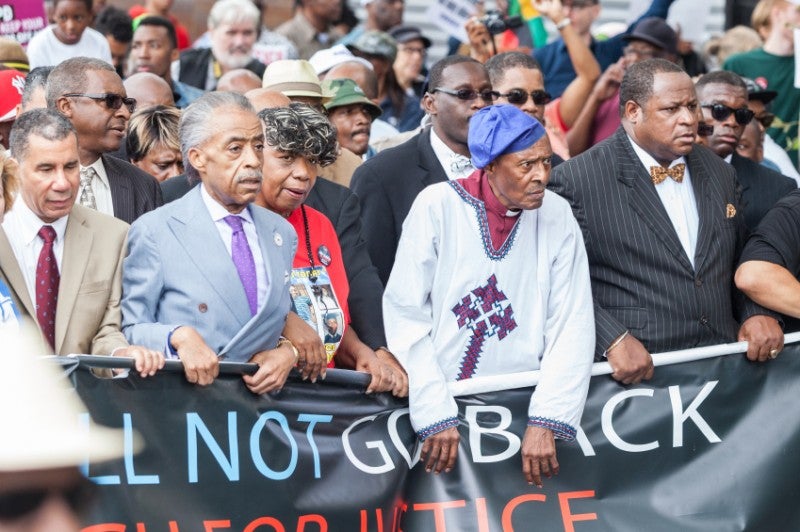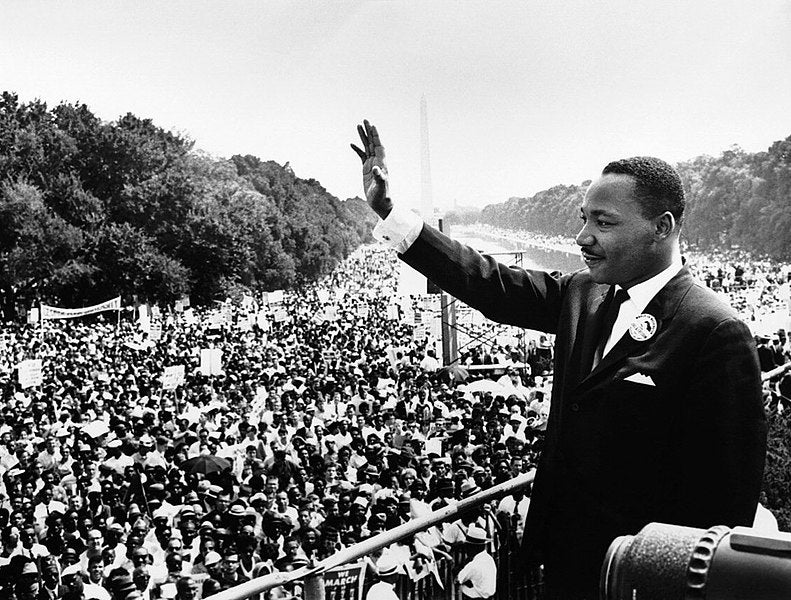
Photo Credit | iStock Photo
Michael Brown. Eric Garner. Tamir Rice. Freddie Gray. We all know these names. Their individual stories combine to form a dialogue on race and justice in America that has dominated the media in recent years. These stories have also been present in political debates on the road to the presidential election in November.
Below are some of the key points for journalists from an Aspen Institute Roundtable on Community Change report produced by reporters, editors, producers, news executives, and university faculty.
- Dig deeper than the numbers. Once you collect data, make sure to search for patterns and tell the stories behind the numbers. If you can disaggregate numbers by race, gender, age, and ZIP code, you may uncover deeper insights that make for an interesting story.
- Study the history and laws surrounding your beat. What effects have previous policies had on disadvantaged communities? Are there connections you can make between those and recently enacted laws?
- Consider partnering with nonprofit news organizations and/or those that serve communities of color. You can share content, conduct research, analyze data, and interpret legislation and court orders together, dividing up your workload and gaining access to each other’s unique resources.
- Don’t just focus on the negative. Highlight solutions that have had positive impacts on racial equity in areas such as education, healthcare, and the judicial system. “Solutions stories engage people differently,” the Solutions Journalism Network website explains. “By revealing what has worked, they can also lead to meaningful change.”
- Establish an inclusive, multi-generational advisory board to stay in touch with the concerns of the community. This proactiveness will not only build brand recognition, but also trust between your brand and your readership.
- Encourage citizen journalism and engagement, especially from local community activists who see the impacts of racial inequalities firsthand.Online platforms such as Google hangouts and Twitter chats can make editors and reporters more accessible, and social media is an easy way to promote contributions from the public. Social media can even be a way to recruit fresh voices.
- Place reporters of color all across the field, not just on the “race beat.” They can offer new perspectives and fresh ideas on other areas such as politics, business, sports, technology, and the arts.
- Make journalism accessible to diverse populations. You can do this by offering fellowships, compensating freelancers fairly, and paying interns. Additionally, seek out diversity in your recruitment of mid- and upper-level staff members. Overall, a diverse newsroom will help you stay relevant.
- Explore white privilege. Shift your lens and examine how white communities often have the advantage in gaining access to capital, power, and admission to exclusive institutions. What implications does this have for people of color?
- Start young. Sponsor journalism programs in association with high schools and community centers to spark teenagers’ interest in the field and increase the pool of future journalists of color. Additionally, work with the journalism departments of universities to make sure that responsible reporting on race is part of the curriculum.
In December 2014, the Aspen Institute Roundtable on Community Change gathered members of the journalism industry at the Forum on Journalism, Race, and Society to “reimagine and refine an approach to their craft that best meets the needs of an increasingly diverse society.” In 2015, the Roundtable released itssubsequent report summarizing recommendations from the Forum’s participants for the journalism industry to consider, discuss, and implement as we move forward into this dynamic period of our nation’s history.
While stories of racial injustice make headlines, the ongoing question of how to make newsrooms more diverse — to more thoroughly report on issues affecting a new, more multicultural populace — lingers on. As of last year, the news industry employed only 12.76 percent non-white full-time daily newspaper journalists, down from 2014’s 13.34 percent. To see all of the recommendations for covering racial inequality in America, read the report “Great Power, Great Responsibility: Reporting on Race in the 21st Century.”

